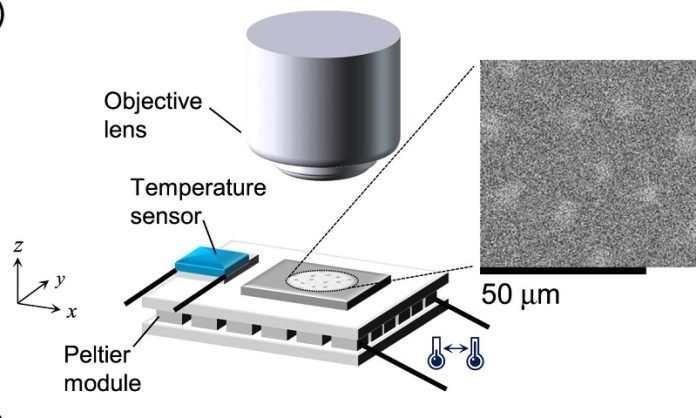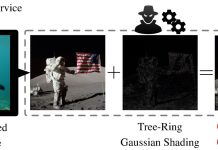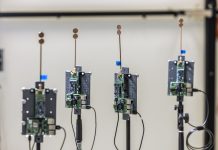
Ever find your laptop getting hot when you’re using it? That’s because computers need a lot of energy to work.
They use something called “electrons” to process all the information you need. The more you use the computer, the hotter it gets, and cooling it down also uses up energy.
Researchers are now looking for ways to make computers that don’t heat up so much, so they don’t need as much energy to cool down.
A group of scientists from Johannes Gutenberg University Mainz in Germany, the University of Konstanz in Germany, and Tohoku University in Japan have come up with an exciting idea.
They’re working with something called “spintronics.” Unlike regular computers that use the flow of electrons, spintronics uses the “spin” of electrons.
Imagine a spinning top; electrons also spin in a way. Using this spin could make future computers faster, smaller, and more energy-efficient.
How Do They Do It?
The scientists are studying special kinds of magnetic swirls called “skyrmions.”
These skyrmions are like tiny, spinning magnets that can be used to store and process information. They form in very thin layers of metal that are magnetic.
When you apply a small electric current to these layers, you can move the skyrmions around. What’s even cooler is that they can also move on their own very efficiently!
The researchers built a prototype computer to show that using skyrmions is possible. Their computer used thin layers of metal stacked on top of each other, with some layers being only a few atoms thick!
What’s the Big News?
The really big news is that these scientists found a way to make these skyrmions move ten times faster than before.
They used something called “synthetic antiferromagnets” to do this. By using these special magnets, the researchers found they could make a computer that uses way less energy but is still super-fast.
You might be wondering what an “antiferromagnet” is. In normal magnets, the tiny magnets inside all point in the same direction.
In antiferromagnets, the tiny magnets point in opposite directions. Because of this, antiferromagnets are more stable, can switch faster, and can store more information.
Why Are Antiferromagnets Special?
When skyrmions move really fast in regular magnets, they can go off course and crash into walls, which slows them down or even stops them.
Antiferromagnets don’t have this problem. The researchers figured out how to turn regular magnets into antiferromagnets by aligning them in a special way.
This stopped the skyrmions from going off course and made them move faster.
This research shows that skyrmions could be used in “stochastic computing,” a new kind of computing that uses random movements to process information.
The researchers also looked at how things like temperature and the size of skyrmions affect how they move. They found that hotter temperatures and smaller skyrmions make them move even faster!
All of this is really complicated, but the main thing to remember is this: the researchers have found a way to make future computers that are fast and don’t need as much energy. This is great news for everyone, from gamers to scientists to anyone who just doesn’t want their laptop to get so hot!
So, the next time you’re frustrated with your computer slowing down or heating up, just remember: a much cooler and faster future might be just around the corner!
The study was published in the journal Nature Communications.
Follow us on Twitter for more articles about this topic.
Source: KSR.



